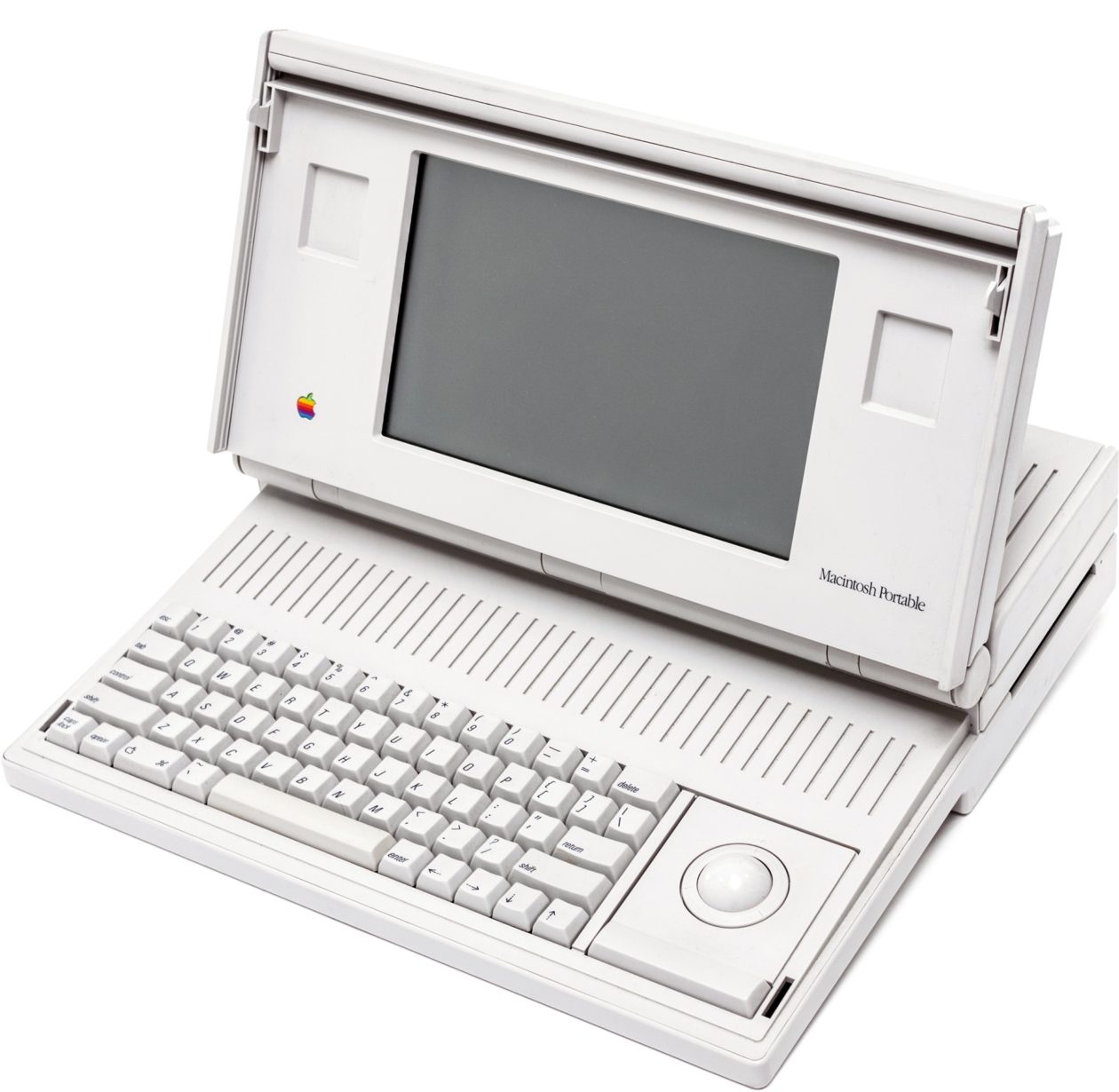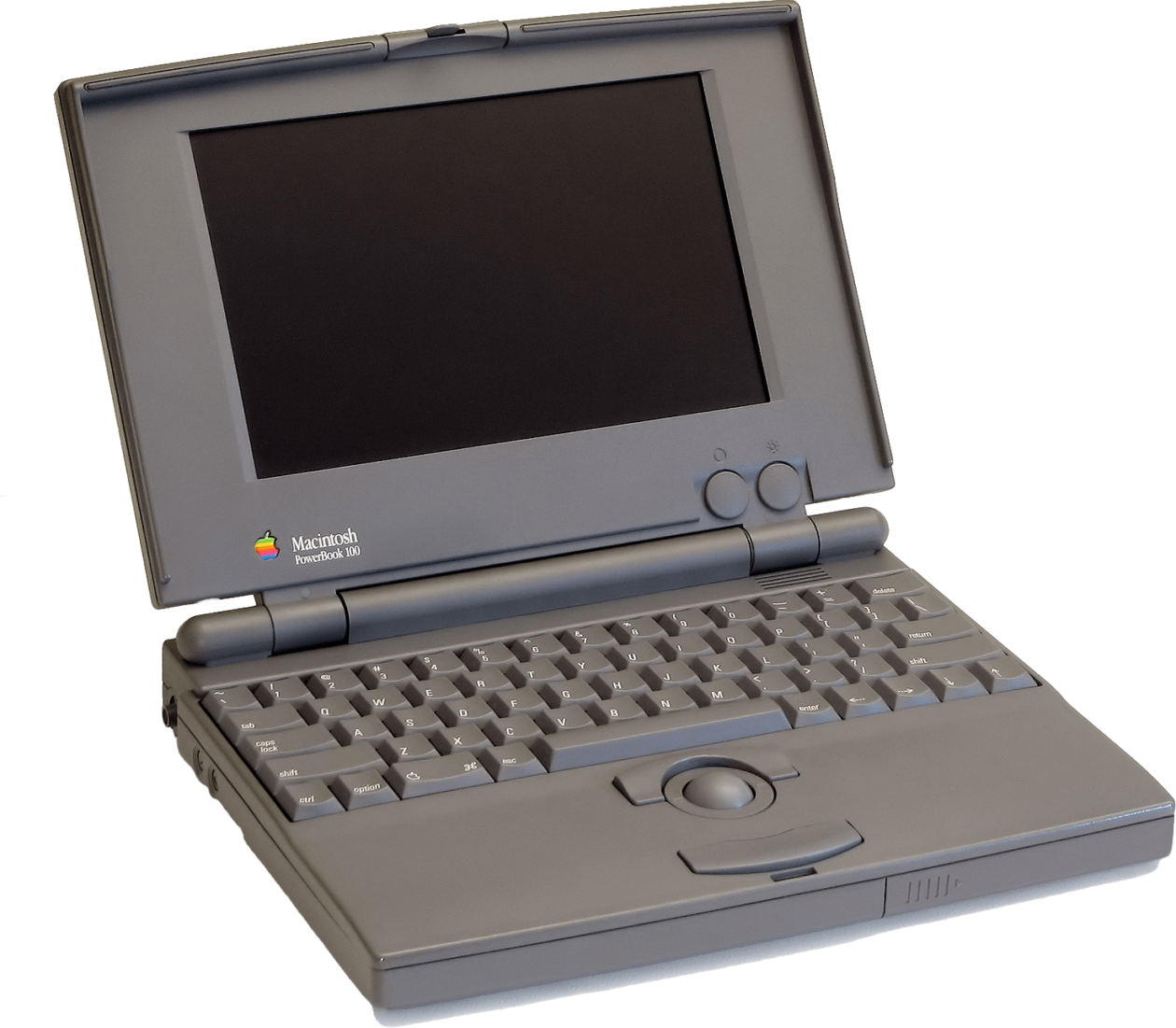Looking from a distance, it is not difficult to recognize a MacBook, whatever the model. Although the iconic lighted apple has been extinguished in recent years, the combination of aluminum and glass, with clean and elegant lines, has become a kind of trademark of Apple computers – a characteristic that several companies try to copy, but are not always successful.
The fact is, undeniably, Apple has managed to build a kind of aura around MacBooks. This aura has its advantages and disadvantages: at the same time that it makes Apple computers real consumer dreams in the minds of many, it also puts them on an almost unattainable level, unstuck from the other options when you go buy a notebook new.
That’s exactly what we’re here for: demystifying MacBooks. And how do we do that? Talking about them, of course – where they came from, how they present themselves today and what the prospects are for the future. At the end of this short trip, we will also give you small tips on how to save on buying an Apple laptop to call your own. Let’s go then?
A little of history

Macintosh
The history of the Mac is, in a way, the history of Apple. The original Macintosh, from 1984, represented Steve Jobs’ original vision when he founded Apple with his partner, Steve Wozniak: a machine that would take the computing power of big companies and the army and take it to the masses – albeit for a while. not very friendly price: US $ 2,495 at the time of its launch, equivalent to about US $ 6,000 (R $ 24,000) today.
 Macintosh Portable
Macintosh PortableThe original Macintosh was, of course, a desktop computer; the first portable Mac would appear only five years later, with the Macintosh Portable. The machine, however, was a failure: its price was very high (US $ 7,300 in 1989, the equivalent of almost US $ 15,000, or R $ 60,000 today) and its focus, aimed at advanced users, did not appeal to most consumers. .
 PowerBook 100
PowerBook 100Over the next few years, Apple’s mobile adventure took shape with the PowerBook line; With the return of Steve Jobs to the company in the late 1990s, a second line, the iBook, was created for more casual users.
 iBook
iBookThe MacBook brand, as we know it today, only appeared in 2006, with the combination of PowerBooks and iBooks under the same umbrella; the first computer with the new name was the MacBook Pro, introduced in January 2006. In June of the same year, the “ordinary” MacBook appeared, while the MacBook Air appeared two years later.
Of these lines, the “ordinary” MacBook has the most tortuous trajectory: presented as the cheapest option in the family, it originally lasted between 2006 and 2012 – first as the famous MacBook white, with its white polycarbonate housing, and then, for a short time, with an aluminum housing /unibody identical to that of the MacBook Pro. After three years, it returned in 2015 as an ultraportable machine, known – and quite controversial for its lack of connections. This MacBook “reincarnation” lasted until last July, when it was discontinued by Apple.
The current scenario
With the death of the MacBook (12-inch, with Retina display), we now have two lines of notebooks to choose from at Apple. If you read the MacMagazine with some regularity, you certainly already know the basic differences between them: the new MacBook Air is the model aimed at more basic users, with its ultraportable body, only 1.25kg, and intermediate specifications – in addition to a highly praised battery, with estimated capacity 12 hours.
 MacBook Air
MacBook AirThe MacBook Pro, in turn, is designed for those who want a little more of their computer. Of course, the most basic versions of the line, 13 inches, have several similarities to the MacBook Air (including in price, very close), but by going up a few steps on the scale and two inches on the screen, you can get a high end machine contained in a extremely compact body – if you want to pay for it, of course.
Talk about MacBooks Pro and Air 2019 it necessarily means talking about the main issues that afflict its users (or potential users). The first is the notorious door problem – which, depending on the point of view, may not be a problem. All current MacBook models only have Thunderbolt 3 ports (two or four, depending on the model), so anyone who uses peripherals frequently – such as pendrives, HDMI or VGA cables, external drives, wired printers or more – will have to invest in adapters .
 MacBook Pro
MacBook ProIt is true that the problem is increasingly rare, since the trend in the world is precisely to adopt USB-C / Thunderbolt 3 as standard. But it is still a minor inconvenience, depending on your case.
The second ghost that hangs under the current MacBooks has a first and last name: butterfly keyboard. The new key mechanism created by Apple, thinner precisely to be accommodated in the company’s increasingly thick machines, keeps making technological headlines due to its apparent lack of durability and tendency to yield stuck or inoperative keys.
It is true that, along the way, Apple tried to correct the course: it has already presented four versions of the mechanism, each with slight changes to improve its reliability, and launched an exchange program that covers all computers equipped with this type keyboard and is valid for four years from the date of purchase of your notebook.
Still, perhaps as a testament to the experiment’s failure, all the rumors indicate that Apple will abandon the butterfly keyboard on its next generation of MacBooks Pro and Air – which is precisely the subject we will discuss next.
The future
The rumored machine already paints a relatively clear picture of the next major launch that Apple will make in its line of notebook computers: it is a new 16-inch MacBook Pro, which, according to speculation, will be about the same size as the current 15 ″ model (to be discontinued), with thinner edges on the screen. It should also mark the return of the traditional scissor mechanism keyboard, which should be gradually reintroduced into the rest of the line.
 Comparison between the possible 16 ″ MacBook Pro and the current 15 ″ MacBook Pro
Comparison between the possible 16 ″ MacBook Pro and the current 15 ″ MacBook ProApparently, this new MacBook Pro will be presented as early as October, but its price is not yet known. Don’t expect a friendly tag, however: currently, the 15-inch MacBook Pro starts at R $ 21,300 (or US $ 2,400 in the US), and its successor will start, at best, from the same amount – or possibly even more.
Rumors also indicate that Apple will introduce more specific changes in the 13-inch MacBooks Pro and MacBooks Air in October. They should be limited to processor upgrades and other internal improvements only.
From there, speculations become less solid – there is still no real evidence for them, only logical thoughts of what Apple will do in the next line. It is possible that, following the transition from Larger MacBook Pro, we will soon see a 14 ″ MacBook Pro replacing the current 13 ″ model, also with a renewed look and thinner edges on the screen. The MacBook Air, in turn, should excellently occupy the place of the company’s entry-level notebook, maintaining the current design for a few good years and receiving occasional updates here and there – there is the twist that, eventually, for a slightly lower price .
How to buy a MacBook at a better price in Brazil?
Once the main characteristics of each portable line from Apple are presented, the question remains: what is the best way to buy them?
Of course, you can simply enter an Apple store or access the Apple Online Store and purchase yours, but paying the full price of a MacBook in Brazil in mid-2019 doesn’t seem like something most people can afford to do. What many people do is to leave to buy computers on international trips, but in this case you need to add the tax paid at customs to the calculation – in addition to, of course, having an international trip planned, to begin with.
A great alternative to the two options above is to consider other stores, such as MTronic – which is offering very cool prices across the entire line of MacBooks Pro and Air, offers free shipping on selected models and offers several installment options. It’s good to remember that you don’t lose anything by choosing not to buy your MacBook directly from Apple: no matter where it comes from, Apple’s one-year warranty is offered based on the device’s serial number, and you can get assistance normally at any authorized center throughout Brazil.
Are we going to MacBook, then?
· • ·

